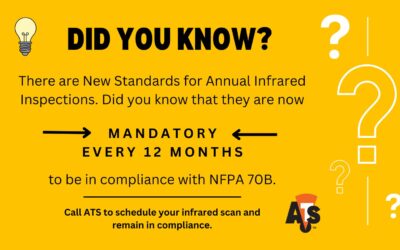Part 2 – The surge of modern online system availability
For the sake of clarity in this article, the previously mentioned surveillance system will now be called an online system, a common reference at this time in the industry. For most of us in the PdM arena, the recent proliferation of online systems is quite interesting because the revamped technology is capable of changing the way we work. Additionally, the sheer number of online systems being advertised in trade magazines and their touted capabilities created a sort of excitement that is somewhat unusual in the plant maintenance world. So why is there such a surge in online systems over the past few years?
- One of the newest trends in manufacturing is Digital Factory, where critical devices and assets are capable of communicating, controlling, and sharing information via digital links. Part of this big picture is the ability to assess the health of the critical assets in real time to protect the production process. This vision resonates with many upper managers in corporate settings who help push the online implementation to the forefront.
- The rush to capture a foothold in the “new” digital factory concept.
- The cost to design or implement an online system is much lower now than 10 years ago due to technology advancements and therefore, lowering the threshold of entry for both system manufacturers and buyers. For implementation at most factories, wireless sensors eliminate the usual large cost of running conduit all over the factory; and since most online systems are web based, the costs of a network server, software, and database administrator are practically eliminated. The vibration data, via Wi-Fi, can be transmitted to a portal in the cloud, with the user only paying for a subscription fee.
- The reluctance of traditional PdM companies such as CSI, SKF, Bentley Nevada (GE) to enter the fray of this frenzy market due to its similarity in another product they had previously tried and it did not work out as envisioned. It should also be noted that these companies already have excellent technical core for vibration analysis as well as similar products and technologies currently in use.
- Superb marketing and targeted audiences help tremendously to get buy-ins from corporate’s upper management. Traditionally, the main targets for PdM technologies were maintenance managers, engineers, and vibration analysis practitioners, who usually have a deep understanding of the technology but their scope of vision is more limited to the maintenance department. Riding the popular vision of Digital Factory, the new online system is mainly targeted for the upper managers, VP, and CEO levels.
Some common selling points observed:
- Data can be collected at any time of the day or as many times, a day as needed without any extra cost.
- You can review the data from anywhere.
- The alarms will let you know that the machine is in trouble.
- The system will eliminate human error from data analysis standpoint.
- The system is set-and-go and the alarm is set according to ISO standards.
Next up….Review of existing systems and methodologies.






0 Comments